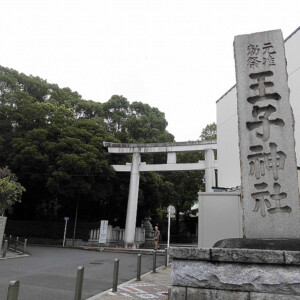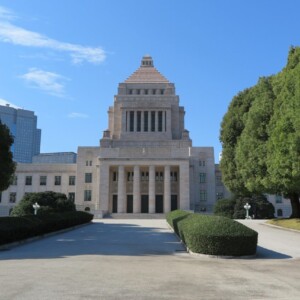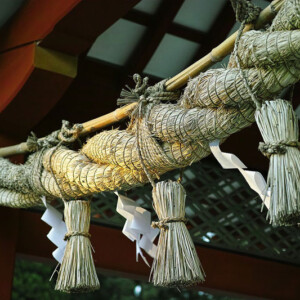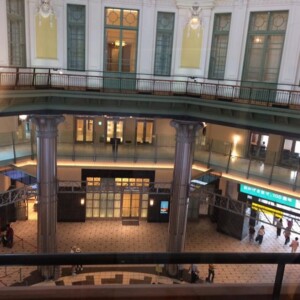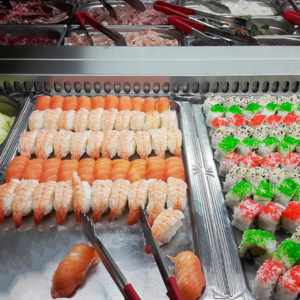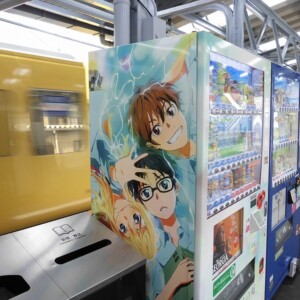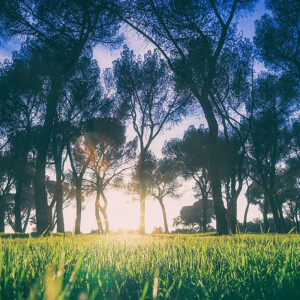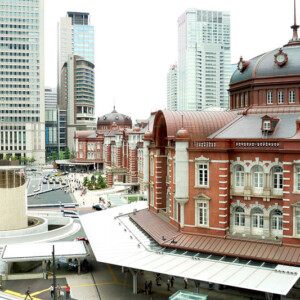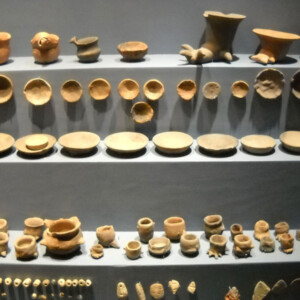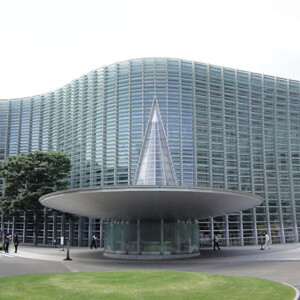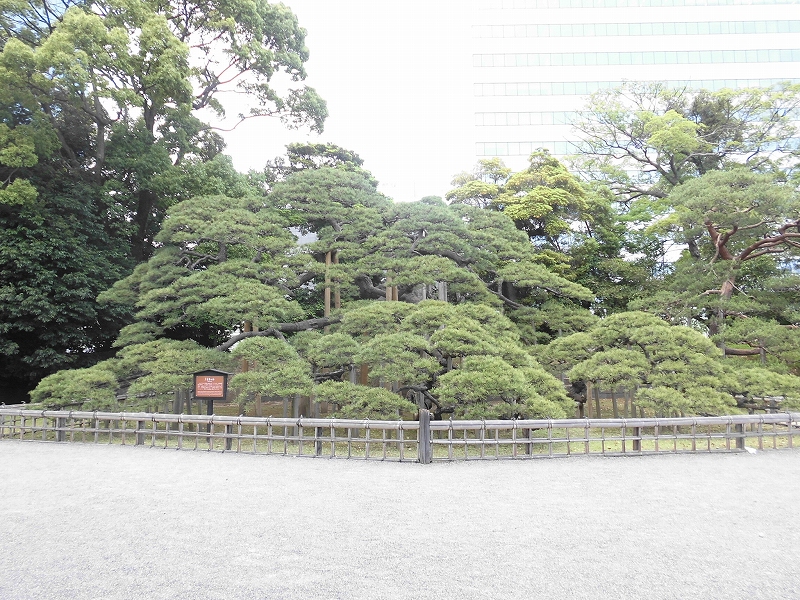
Let's soak up the sea breeze at the Tokugawa Shogun's Hama Palace ~ Hamarikyu Gardens
table of contents
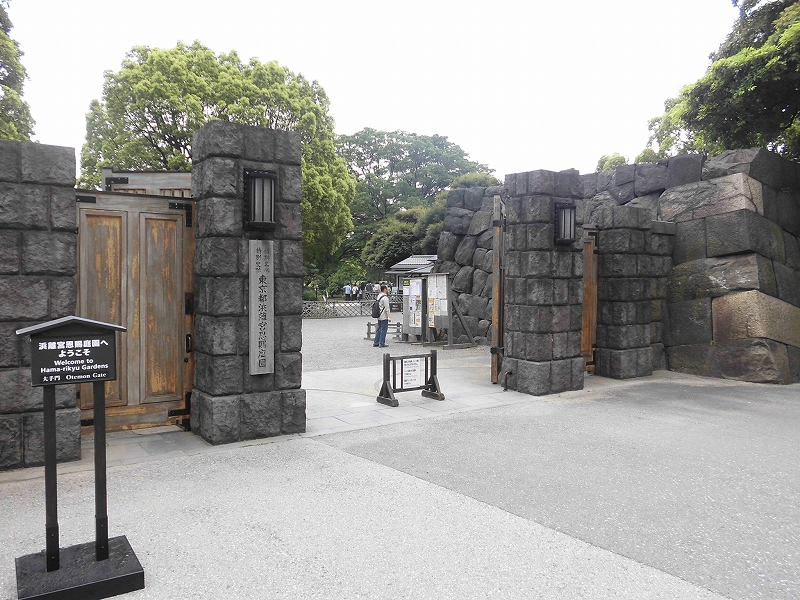
Hama Rikyu Gardens is the Hama Palace associated with the Tokugawa Shogunate. It is now a metropolitan garden, but during the Meiji period it was used as a detached palace for the Imperial family and for diplomatic purposes. Today, let's take a stroll through the remains of the Hama Palace of the Tokugawa Shogunate
The famous "Three Hundred Year Pine" is one of the largest black pines in Tokyo

Hama Rikyu Gardens was originally the secondary residence of the Kofu domain. In 1654 (the third year of the Shoo era), Tokugawa Tsunashige, the lord of Kofu, received this land as a gift from the Tokugawa shogunate. Later, Tokugawa Tsunashige's son, Tokugawa Tsunatoyo, became the sixth shogun, Tokugawa Ienobu. This marked the end of the Kofu domain, and the area became a tenryo directly ruled by the Tokugawa shogunate. At the same time, this garden became the Tokugawa shogunate's Hama Palace. It is said that the famous 300-year-old pine tree was planted by Tokugawa Ienobu at that time. It is home to one of the largest black pines in Tokyo, and its vitality makes it known as a power spot for longevity and prosperity

The high-rise buildings of Shiodome stand out, but the vacant lot in the foreground is no ordinary vacant lot. This is a flower garden. In spring, nanohana flowers turn everything yellow, and in autumn, yellow cosmos flowers turn the entire lot orange, coloring it all. In the green space, during the Edo period, many storehouses were lined up where rice and rice seeds were stored in preparation for famine. It is now a garden, but during the Tokugawa shogunate, it was such an important facility that it even housed the shogunate's gunpowder storehouse
The "Shioiri Pond" where the Shogun enjoyed boating
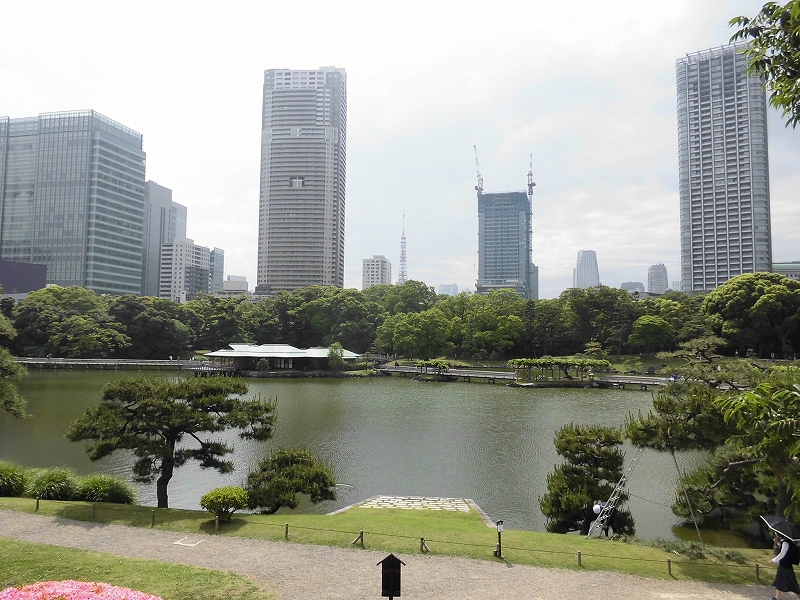
The pond you see here is not a natural sight. It is an artificial pond called "Oisensui" (Great Spring Water), created by humans. It is called "Shioiri Pond" because it draws seawater from Tokyo Bay. Four teahouses were built around this pond
The teahouse in the middle of the pond is Nakajima's Teahouse. There is now a bridge called Otsutaibashi across the pond, but during the Edo period there was no bridge and the Shogun travelled by boat from Edo Castle to Nakajima's Teahouse. It is said that Tokugawa Yoshinobu, the last Shogun of the Tokugawa Shogunate, ate castella cake at Nakajima's Teahouse

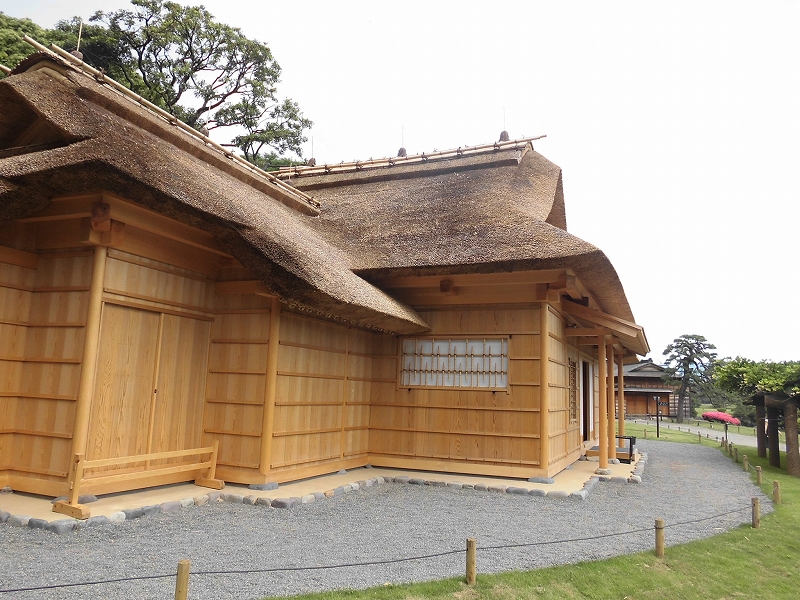
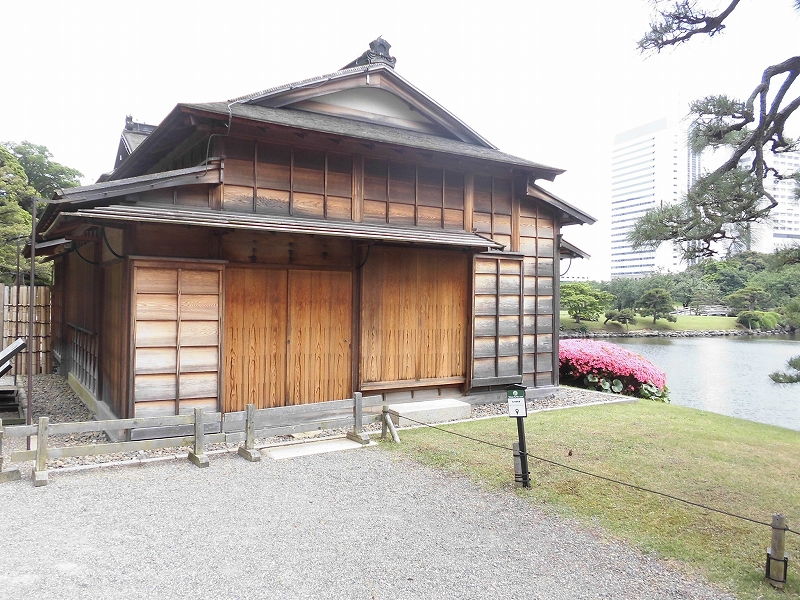
During the Edo period, there were three teahouses on the banks of the Great Spring: Matsu no Ochaya, Tsubame no Ochaya, and Hawk no Ochaya. Based on documents from the Hama Palace during the reign of the 11th shogun, Tokugawa Ienari, the Tokyo Metropolitan Government recreated Matsu no Ochaya in 2010, restored Tsubame no Ochaya in 2015, and finally restored Hawk no Ochaya in April 2018
By the way, since the pond is filled with seawater, the fish that live here are sea mullet, seigo, goby, and other sea fish. You can also see sakka crabs, sea lice, and barnacles
The duck hunting grounds where the Shogun hunted ducks

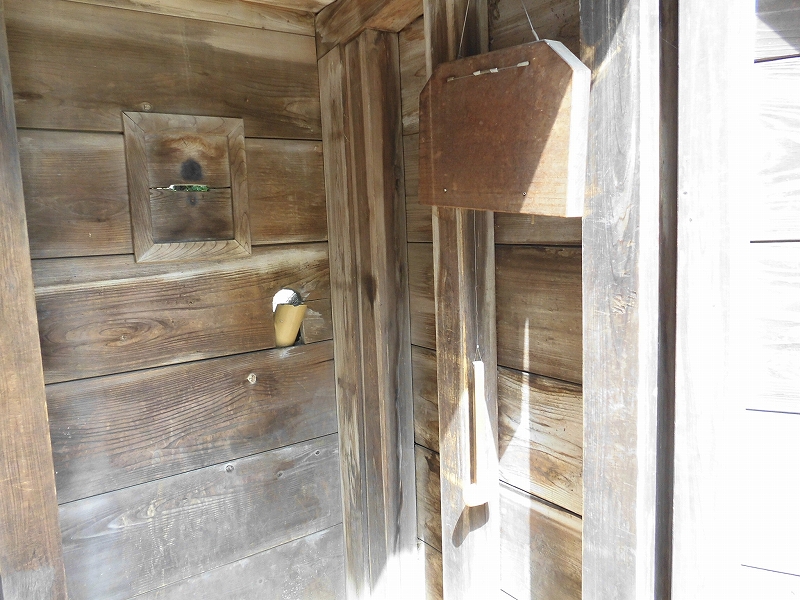
A "duck hunting ground" is a place for duck hunting, and there are two within the garden: the Koshindo Duck Hunt and the Shinzenza Duck Hunt. In both cases, the pond and forest are surrounded by a bank about 3 meters high, and the bank is lined with trees to hide the pond from the outside. This is so that the ducks can rest in peace
The photo above shows the Koshindo Duck Hunt, which was built in 1778. The photo below shows a monitoring post for feeding the ducks that gather around the pond. Wild ducks were kept in the pond to lure them into a false sense of security. At the appointed time, they would be called in by hitting a wooden mallet and food would be fed from a bamboo tube
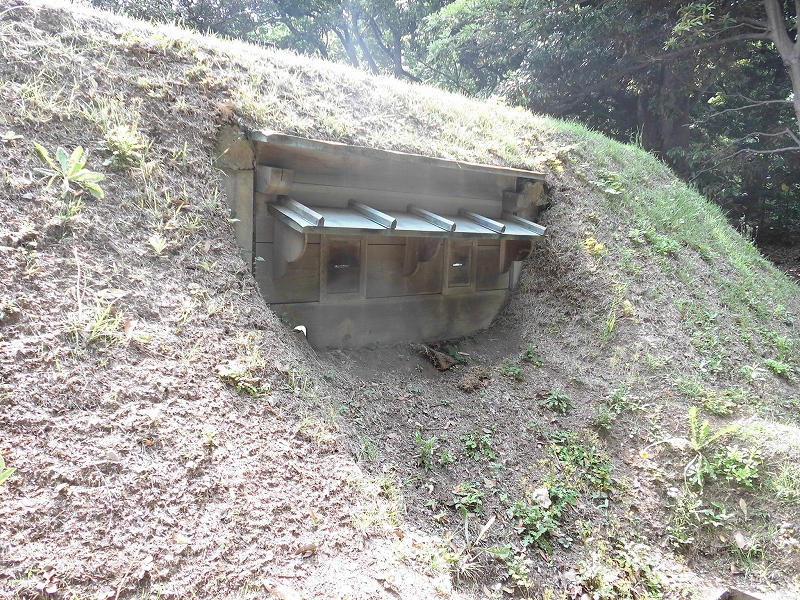

Several waterways have been dug into a secluded pond surrounded by trees to make it appear safe for the ducks. This is the moat. At the back of the moat is a secluded pond where the ducks think it is safe. The ducks kept as decoy are notified with a wooden mallet that it is feeding time, and the wild ducks follow them. At that time, the ducks are scooped up with nets from both sides of the bank. Any ducks that escape the nets are shot with arrows
Shogun's exclusive dock, "Shogun Oagariba"
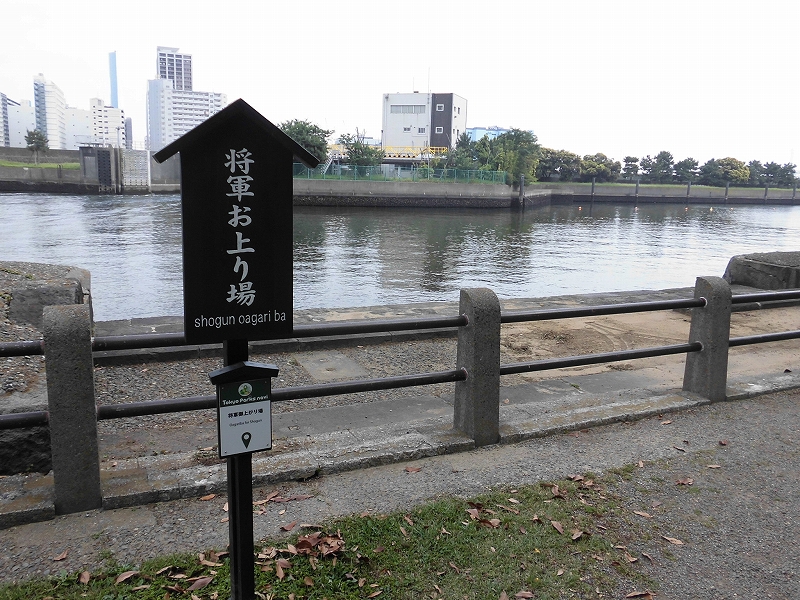

Towards the end of the Edo period, the Shogunate Navy Training Center was located in the Tokugawa Shogunate's Hamagoten. Katsu Kaishu was in charge of this facility. Sakamoto Ryoma, who became Katsu Kaishu's disciple, also joined the staff. The Shogun Oagariba was a dock exclusively for the Tokugawa Shoguns. Whenever the Shogun boarded a warship, he would board a boat from here and board the warship anchored offshore
People also disembarked from warships by boat here. The 15th shogun, Tokugawa Yoshinobu, who was defeated in the Battle of Toba-Fushimi, also disembarked here. It is said that Katsu Kaishu was summoned to greet Yoshinobu here and entrusted him with everything that would come afterwards. It is also said that Hijikata Toshizo and other members of the Shinsengumi boarded Tokugawa Shogunate warships and disembarked here
How was it?
After the Tokugawa Shogunate was abolished with the Meiji era, this became a detached palace for the Imperial family. Emperor Meiji is said to have hosted foreign institutions here to conduct diplomatic activities. Hama Rikyu was burned to the ground in the Great Kanto Earthquake and the Tokyo Air Raids, but the "Three Hundred Year Pine" remains intact from the Edo period. Why not come and feel the sea breeze at the same place where the Tokugawa Shoguns once came to cool off?
INFORMATION
| name | Hamarikyu Gardens |
| location | 1-1 Hamarikyu Garden, Chuo Ward, Tokyo |
| telephone number | 03-3541-0200 |
| GOOGLE MAP |


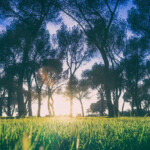

![[Tokyo] Challenge your stomach's limits! These are the must-see popular mega-portion restaurants in Tokyo! blur-1867981_1280](https://jp.neft.asia/wp-content/uploads/2017/08/blur-1867981_1280-150x150.png)
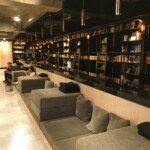
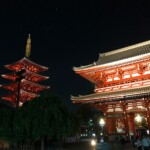
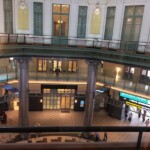
![[Part 1] About 50 varieties of apples alone!? Introducing a carefully selected selection of high-quality apples chosen by local Aomori residents for their texture! 33747429_m](https://jp.neft.asia/wp-content/uploads/2025/12/33747429_m-1-150x150.jpg)

